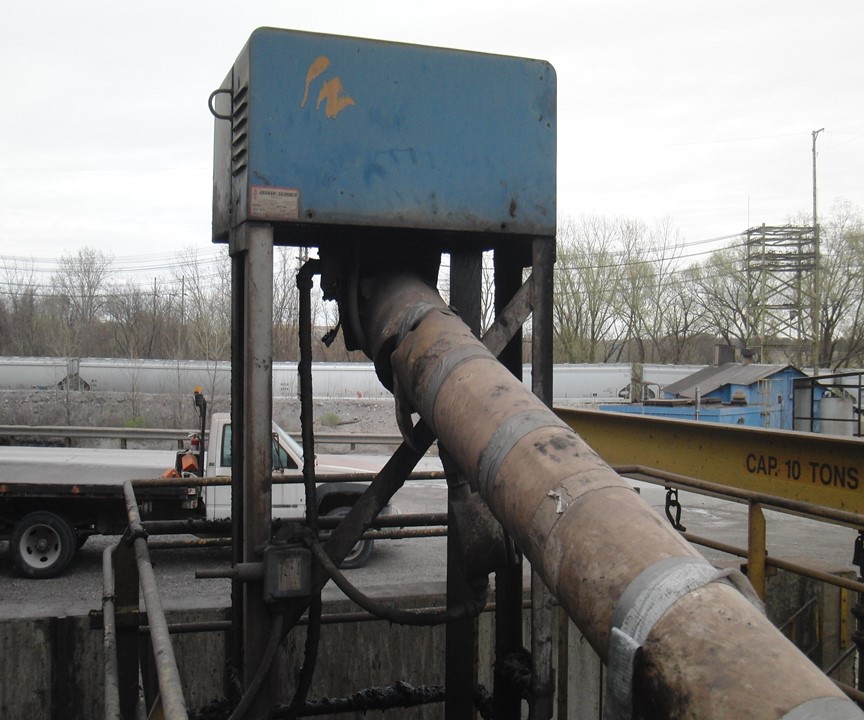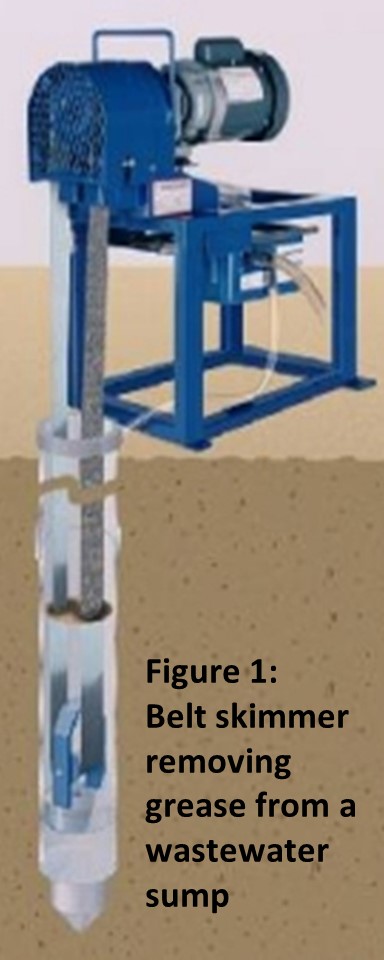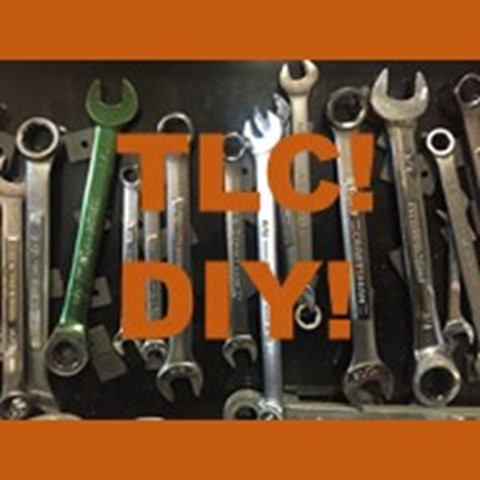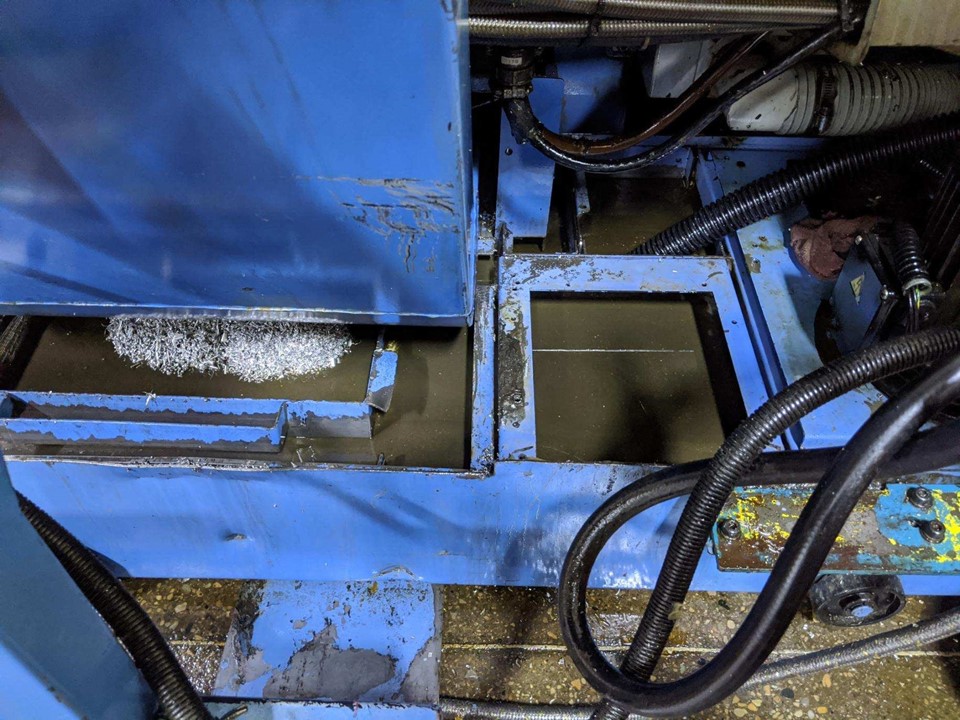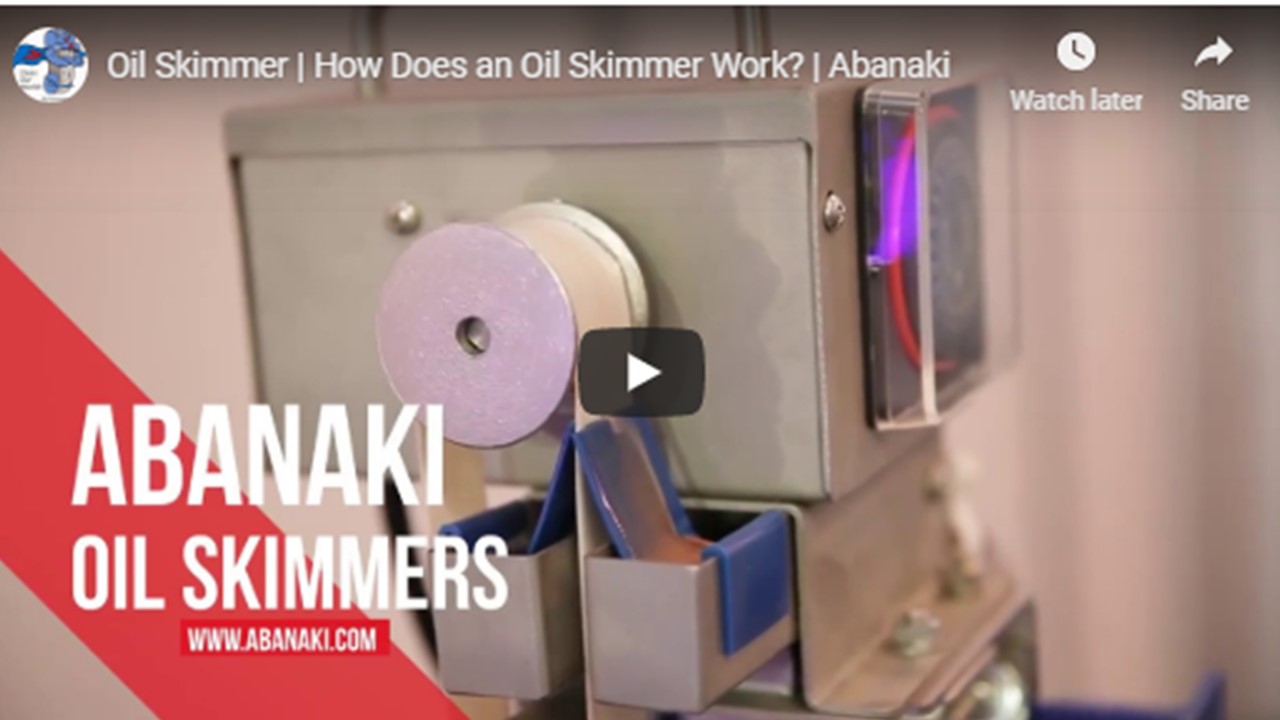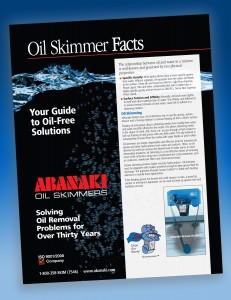For industrial oil skimming, there are six basic designs commonly used in moving media skimmers. (Suction skimmers are excluded, as they are generally unsuitable except for relatively thick (1/4 inch) layers of oil; otherwise they tend to ingest large amounts of water.)
In more demanding situations, skimming is a cost-effective means of removing most of the oil before using more complicated and costly treatments, such as coalescers, membrane filters and chemical processes.
Belt-Type Skimmers
Belt-type skimmers use an endless belt of stainless steel, elastomer or polymer medium, which is lowered into the tank or vessel to be skimmed. The belt passes through the fluid, and then through the skimmer's resilient wiper blades where the oil is removed from both sides of the skimmer medium. Removal rate is not affected by belt length. The length is chosen to ensure contact with the liquid at its lowest level. The belt length should also allow easy mounting of the skimmer where oil discharge is convenient, and assure easy access for routine service. Lengths up to 100 feet or more are possible.
Mop Skimmers
Mop skimmers use an endless medium shaped like a rope that has mop-like tendrils that pick up the oil. As the medium leaves the liquid and enters the drive unit, it is pressed and wrung out with pinch rollers. For higher viscosity oils, this medium tends to mat down and lose effectiveness. Generally, a decantation system must be used with these units, as water pickup can be quite high. Also, replacement mops tend to be more expensive than belt type media.
Large Tube Skimmers
Large tube skimmers use a floating plastic hose that snakes out over the surface of the liquid and is then drawn back through the drive unit where oil is removed. This design requires a relatively large amount of fluid surface area for proper operation. Length considerations are the same as for belt skimmers; a typical tube diameter is 1 inch.
Mini Tube Skimmers
Mini tube skimmers are very similar to the larger tube units, but typically have either a 3/16-inch or a 5/16-inch diameter tube. The 5/16-inch diameter is preferable as it has enough stiffness to not drag on the housing and prematurely wipe off oil when drawn into the unit. Pickup rates vary from 1 quart/hour to 1.5 gph, depending on diameter and speed. These units can be used where space is limited. Units that have the motor mounted underneath reduce the amount of space required over the rim of the tank to nearly zero.
Disk Skimmers
Disk skimmers rotate a disk-shaped medium through the liquid. Oil is wiped off and discharged into a collection container in a manner similar to belt skimmers. When specifying disk diameter, it is important to consider reach, the portion of the disk that actually gets immersed. Less disk area in the fluid means less oil removed. Obviously, fluctuating fluid levels can be a real problem.
Also, it is important to look at how much of the disk the wipers are actually wiping. If they wipe only 2 inches from the edge, then any reach into the fluid beyond 2 inches is wasted. As a result, removal capacities for disks can be relatively low.
Drum/Barrel Style Skimmers
Drum/barrel styles are similar to the disk type, but use a rotating drum-shaped medium. Compared to disk types, they are usually more rugged and have higher removal capacity. These units can also be rendered ineffective by fluctuating fluid levels.
When properly selected and applied, oil skimmers are highly economical solutions for separating oil from water to allow its reuse or safe disposal.
All of our coolant skimmers are rugged, reliable and low maintenance. Removal capacities range from 1 to 200 gallons per hour. Browse the types of oil skimmers and oil skimming accessories in our website www.abanaki.com or contact our experts at 440-543-7400 to find the right solution for your application.
Unfamiliar with our Oil Skimming products? Go to the Skimmer Selection page to view the types of oil skimmers for every application.
Watch this video to see how do industrial belt skimmers work.


